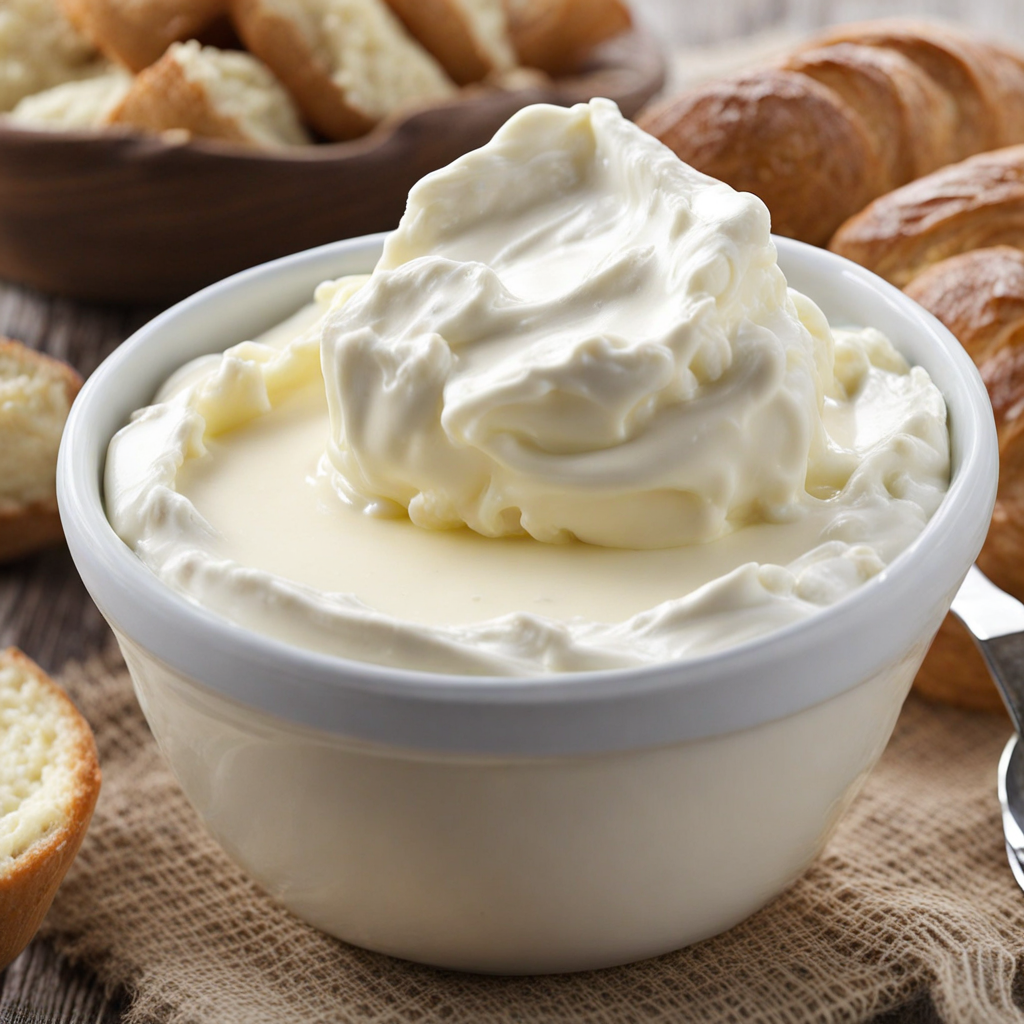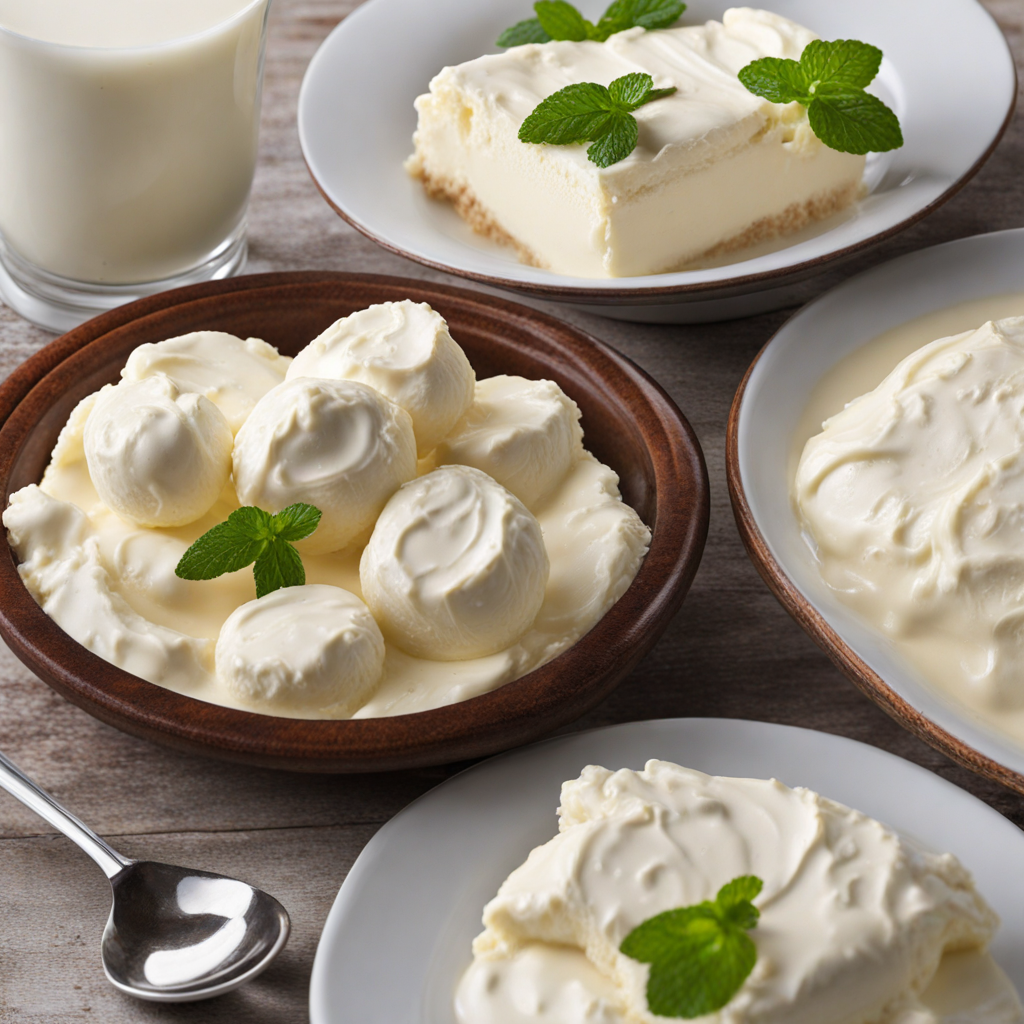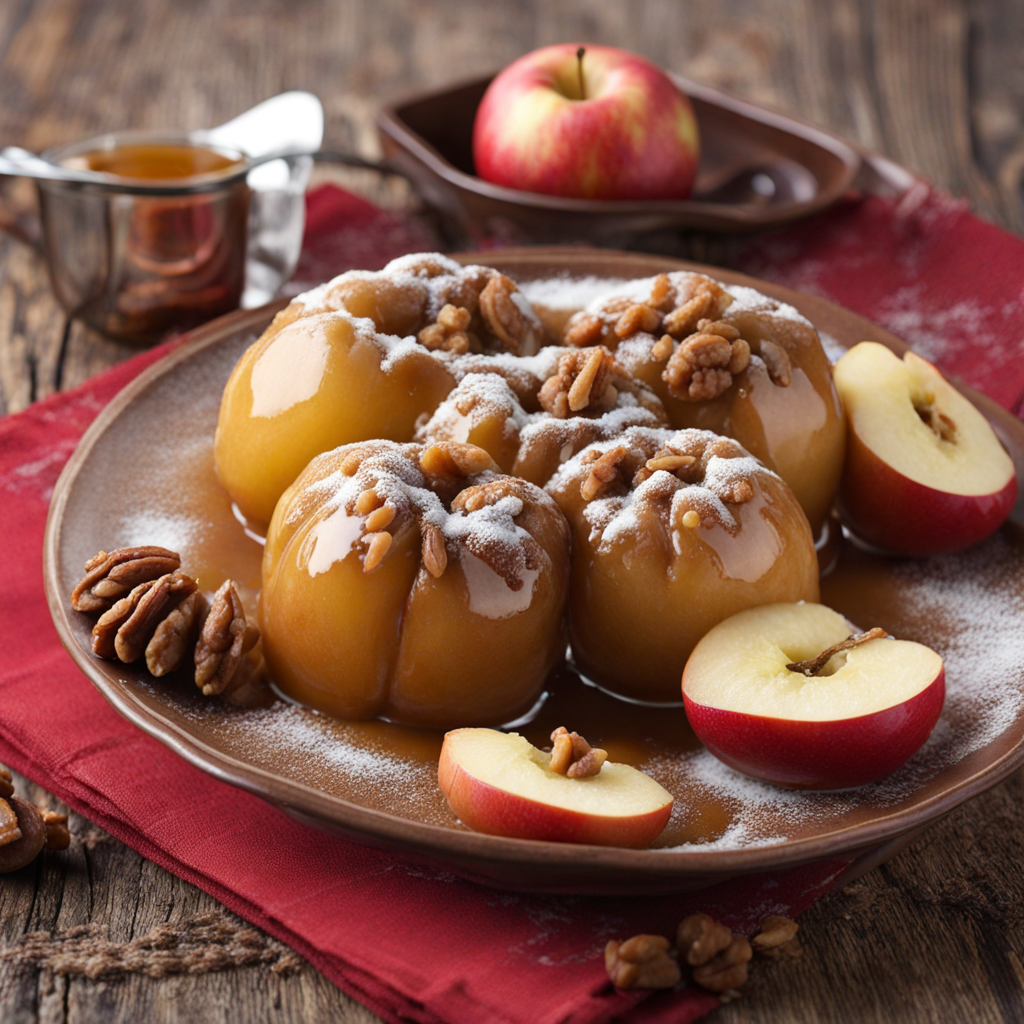Kajmak
Kajmak is a creamy dairy product that hails from the Balkans, particularly treasured in Bosnia and Herzegovina. This rich spread is made from milk and is similar to clotted cream, boasting a velvety texture that melts in your mouth. It's typically crafted from the milk of cows, sheep, or goats, which gives it a slightly tangy flavor profile that can vary based on the milk source and the specific production methods used. The traditional preparation involves simmering the milk and allowing it to cool, resulting in a thick layer of creamy goodness that is then skimmed off and aged to develop its unique taste.
How It Became This Dish
The History of Кајмак: A Creamy Culinary Treasure of Bosnia and Herzegovina #### Origins and Early History Кајмак, a traditional dairy product from the Balkans, has become synonymous with the culinary heritage of Bosnia and Herzegovina. This creamy delicacy, often compared to clotted cream or mascarpone, is made from the rich, fatty layer that forms on top of boiled unpasteurized milk. Its origins can be traced back to the pastoral lifestyles of the region's early inhabitants, who relied heavily on dairy as a primary source of nutrition. The practice of making кајмак can be linked to the nomadic herding communities of the Balkans, particularly the Slavic peoples who settled in this region. These communities not only raised cattle, sheep, and goats but also developed sophisticated methods of using their milk. The art of kaјmak-making was likely influenced by the agricultural practices of the Ottoman Empire, which ruled over Bosnia and Herzegovina for several centuries. The Ottomans introduced various dairy products to the region, and кајмак became an integral part of the local diet, establishing a cultural significance that would persist for generations. #### Cultural Significance Кајмак is more than just a food item; it is a symbol of cultural identity and familial traditions in Bosnia and Herzegovina. Traditionally, it is served as a condiment alongside grilled meats, especially ćevapi, a beloved dish of spiced minced meat. The combination of kaјmak and ćevapi is a quintessential experience in Bosnian cuisine, embodying the country's rich culinary traditions. In Bosnian households, making кајмак is often a communal activity, especially during the warmer months when families gather to enjoy the outdoors and engage in culinary practices passed down through generations. The process of making кајmak involves boiling fresh milk, allowing it to cool, and then skimming off the creamy layer that forms on top. This simple yet labor-intensive method connects families to their agrarian roots and fosters a sense of community. Kaјmak is also used in various traditional dishes beyond just being a condiment. It can be incorporated into pastries, served with bread, or even used in savory stews. Its versatility and richness make it an essential ingredient in many Bosnian recipes, and it is often enjoyed with homemade bread or as a filling for pastries like burek. #### Regional Variations and Development Throughout history, кајмак has evolved, and regional variations have emerged. In Serbia, for example, кајмак is also a popular product, and there are distinct methods of preparation that vary from those in Bosnia and Herzegovina. The Serbian version is often characterized by its creamier texture and slightly different flavor profile due to variations in the milk used and the production techniques. In Bosnia, the quality of кајмак is often linked to the type of milk used, with sheep's milk being particularly prized for its fat content and flavor. The mountainous regions of Bosnia and Herzegovina, with their lush pastures, provide an ideal environment for dairy farming, and local farmers take great pride in their production methods. The artisanal nature of kaјmak production has helped preserve the traditional techniques that have been passed down through generations. The rise of global interest in traditional and artisanal foods has brought renewed attention to кајмак. In recent years, there has been a push for the recognition of кајмак as a protected designation of origin (PDO) product, similar to the protections afforded to other European dairy products like French Roquefort or Italian Parmigiano-Reggiano. Advocates argue that this recognition would not only help preserve the traditional methods of production but also enhance the economic prospects of local farmers by promoting their high-quality products in international markets. #### Contemporary Significance Today, кајмак remains a beloved staple in the Bosnian diet and is often found in restaurants, markets, and homes throughout the country. It is a common sight at social gatherings, family celebrations, and even weddings, where it is often served alongside other traditional dishes. The revival of interest in traditional foods has led to a resurgence in the popularity of кајмак, and many younger generations are learning the art of its production, ensuring that this culinary heritage continues. In the broader context of globalization, кајмак also serves as a reminder of the importance of local food traditions. As the world becomes increasingly homogenized in terms of food offerings, there is a growing appreciation for the uniqueness of local products. The celebration of кајмак is part of a larger movement to honor and preserve regional cuisines, and it has found its way into contemporary culinary trends, often featured in gourmet dishes or fusion cuisine. #### Conclusion Кајмак is not just a food item; it embodies the spirit of Bosnia and Herzegovina—its traditions, culture, and the connection to the land. From its humble beginnings as a dairy product made by nomadic herders to its place in modern culinary culture, кајмак has stood the test of time. Its rich, creamy texture and versatility in the kitchen have ensured its survival and relevance in a rapidly changing world. As Bosnia and Herzegovina continues to navigate its identity in the modern era, кајмак serves as a delicious reminder of the past and a hopeful symbol of the future. The ongoing efforts to preserve traditional methods and promote local products highlight the importance of food as a cultural artifact, fostering a sense of community and belonging that transcends generations. Through the love and labor of those who make it, кајмак remains a cherished part of the Bosnian culinary landscape, inviting all who encounter it to savor not only its flavor but also its rich history.
You may like
Discover local flavors from Bosnia And Herzegovina







